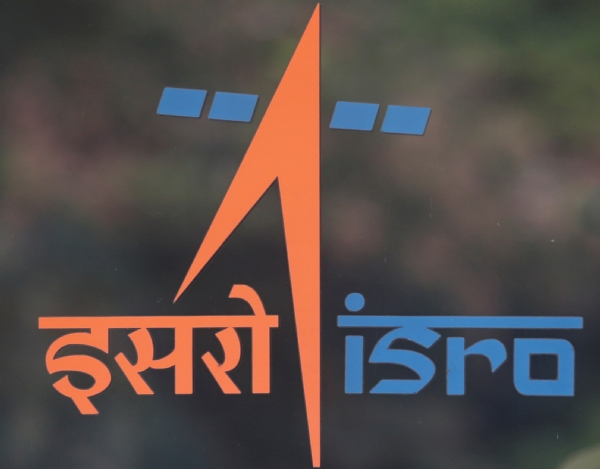ISRO aims to increase weightlifting capacity of LVM-3 ahead of launch
The space agency is expected to complete the qualifying tests for the semi-cryogenic stage of the LVM-3 rocket in a couple of months, they said.
Total Views |
New Delhi, November 02: After the successful launch of its first commercial mission carrying 36 communication satellites of a private firm, the Indian Space Research Organisation (Isro) is working to add to the weightlifting capacity of its heaviest rocket — Launch Vehicle Mark-3 — for its second launch scheduled early next year, officials of the science ministry said on Tuesday.

The space agency is expected to complete the qualifying tests for the semi-cryogenic stage of the LVM-3 rocket in a couple of months, they said.
“We are hopeful that by February or March next year, we will be able to launch the second batch of 36 satellites of OneWeb. All preparations for it are being done,” a ministry official said, seeking anonymity. At 12.07am on October 23, Isro successfully launched 36 communication satellites of OneWeb from the Satish Dhawan Space Centre in Sriharikota, marking its entry into the global commercial launch service market.
OneWeb is a private satellite communications company, which has India’s Bharti Enterprises as a major investor. NewSpace India, a state-owned enterprise under the department of space, had earlier signed two launch service contracts with the London-headquartered Network Access Associated Limited that runs OneWeb to launch a total of 72 low earth orbit satellites on board the LVM3 rocket.
On Friday, the space agency successfully conducted the flight acceptance hot test of the CE-20 engine in the high-altitude test facility at Tamil Nadu’s Mahendragiri for 25 seconds to prepare for the second part of this mission.
Isro has redesignated the launch vehicle as LVM-3 from GSLV Mk-III, which is India’s heaviest launch vehicle.
LVM-3 can carry up to four tonnes to a geostationary orbit and up to six tonnes to a low earth orbit .
“Induction of a high-propulsive SC120, along with an increased propellant loading of cryogenic upper stage, can increase this to up to six tonnes for GTO and 10 tonnes for LEO,” an Isro scientist said, asking not to be named.
Work on the semi cryo engine is on the last leg and qualification tests are in progress, scientists said. Stage and engine development stage is complete, the test stand is getting ready and the subsystem tests are going on at the testing facility at the Mahendragiri Liquid Propulsion Systems Centre.
LVM3 is a three-stage vehicle with two solid motor strap-ons, a liquid propellant core stage and a cryogenic stage.

